The impact of sign language on Spanish language acquisition
Resumen
The present research article examines the role of sign language in the acquisition of the Spanish language through the teaching of sign language at the high school level. It focuses on a sample of high school students from a private institution in the city of Chone. Additionally, a descriptive approach was employed, centered on the scientific tasks of research and the respective sampling method. For data collection, two interviews were conducted with English teachers, and a survey was applied to an English teacher. The results indicate that the acquisition of the Spanish language through the use of sign language is significant for students. Moreover, the use of pedagogical strategies is essential to help them develop their communicative skills. On the other hand, it is important for teachers to use visual resources to ensure active participation from students. Consequently, the findings highlight factors influencing the learning and acquisition of the Spanish language through the use of sign language. In other words, this study contributes to educational research by providing relevant information about the importance of Spanish language acquisition for students with hearing impairments.
Descargas
Citas
Brereton. (2008). Cognitive Benefits of Language Learning: Broadening our perspectives. The British Academy, p.11.
Creswell & Plano Clark. (2007). The “movement” of mixed methods researchand the role of educators. South African Journal of Education, 28, p.322.
Giezen et al. (2015). Cognitive Benefits of Language Learning: Broadening our perspectives. The Bristish Academy, p.11.
Gregory. (2004). SIGN BILINGUALISM METHODS OF TEACHING-ENHANCING ACADEMIC SKILLS OF DEAF STUDENTS. International Journal of Creative Research Thoughts (IJCRT), 11(9), p.383.
Grosjean. (2001). Vocabulary Instruction for the Development of American Sign Language in Deaf Children: An Investigation into Teacher Knowledge and Practice. CORE, p.2.
Herman and Roy. (2006). Sign language and spoken language development in young children: Measuring vocabulary by means of the CDI. p.18-19. doi:
http://dx.doi.org/10.1515/9781614511472.15
Huda. (2014). The Implementation of Visual, Auditory, Kinesthetic (VAK) Learning Model in Improving Students’ Achievement in Writing Descriptive Texts. English Language Teaching Educational Journal (ELTEJ), 2(3), p.143.
Hui Yang. (2016). On the Effective Way of Body Language in the Primary English Teaching. ICEMET. Obtenido de http://dx.doi.org/10.2991/icemet-16.2016.147
Krausneker. (2008). Benefits of sign language for the deaf students in classroom learning. International Journal of Advanced and Applied Sciences, 3(6), p.24. Obtenido de https://www.researchgate.net/profile/HafizTahirJameel/publication/306943956_Benefits_of_sign_language_for_the_deaf_students_in_classroom_learning/links/57c1fa6008aeda1ec38cf6a8/Benefits-of-sign-language-for-the-deaf-students-in-classroom-learning.pdf
Kusters et al. (2017). Problematizing translanguaging as an inclusive pedagogical strategy in deaf education. INTERNATIONAL JOURNAL OF BILINGUAL EDUCATION AND BILINGUALISM, 27(9), p.1273. doi:https://doi.org/10.1080/13670050.2022.2078650
Langer. (2007). Educational Interpreters, Deaf Students and Inclusive Education? Turkish Journal of Special Education, 1(1), p.33. doi:10.37233/TRSPED.2020.0107
Lista, Atmowardoyo, Salija. (2015). The Implementation of Visual, Auditory, Kinesthetic (VAK) Learning Model in Improving Students’ Achievement in Writing Descriptive Texts. English Language Teaching Educational Journal (ELTEJ), 2(3), p.147.
Mayberry. (2001). THE BENEFITS OF SIGN LANGUAGE FOR DEAF LEARNERS WITH LANGUAGE CHALLENGES. Per Linguam, 25(1), p.49. doi:http://dx.doi.org/10.5785/25-1-28
McDermid. (2018). Educational Interpreters, Deaf Students and Inclusive Education? Turkish Journal of Special Education, 1(1), p.31. doi:10.37233/TRSPED.2020.0107
Muñoz. (2006). Cognitive Benefits of Language Learning: Broadening our perspectives . The British Academy , p.12.
Murray et. al. (2002). Inclusion and Deaf and Hard of Hearing Students: FindingAsylum in the LRE. Education sciences, 12(773), p.6. doi:https://doi.org/10.3390/educsci12110773
Nicholson & Graves. (2010). Sign Language: an effective strategy to reduce the gap between English Language Learners native language and English. Obtenido de
https://files.eric.ed.gov/fulltext/ED507994.pdf
Oxford. (2011). Investigating the relationship between linguistic focus of recasts, learning styles and noticing. CercleS, 10(1), p.55. doi:https://doi.org/10.1515/cercles-2020-2008
Pena et al. (2005) and Pena and Porto (2008. (s.f.). Content and Language Integrated Learning: A Duoethnographic Study about CLIL Pre-Service Teacher Education in Argentina and Spain. RELC Journal, 53(1), p.153. doi:https://doi.org/10.1177/0033688220930442
Plaza-Pust. (2005). Sign Bilingualism: Language Development, Interaction, and Maintenance in Sign Language Contact Situations. p.7. doi:http://dx.doi.org/10.1075/sibil.38.14pla
Souza. (2015). American Sign Language Recognition and Training Method with Recurrent Neural Network. Expert Systems with Applications, 167, p.5.
doi:https://dx.doi.org/10.1016/j.eswa.2020.114403
Tang and Yang. (2007). Benefits of sign language for the deaf students in classroom learning. International Journal of Advanced and Applied Sciences, 3(6), p.24. Obtenido de https://www.researchgate.net/profile/HafizTahirJameel/publication/306943956_Benefits_of_sign_language_for_the_deaf_students_in_classroom_learning/links/57c1fa6008aeda1ec38cf6a8/Benefits-of-sign-language-for-the-deaf-students-in-classroom-learning.pdf
Wulansari. (2016). The Implementation of Visual, Auditory, Kinesthetic (VAK) Learning Model in Improving Students’ Achievement in Writing Descriptive Texts. English Language Teaching Educational Journal (ELTEJ), 2(3), p.143.
Derechos de autor 2025 Jossenka Maricela Muñoz Flecher, María Gabriela Mendoza Ponce, Henry Xavier Mendoza Ponce , Rider Eloy Mendoza Ponce, María Victoria Andrade Torres

Esta obra está bajo licencia internacional Creative Commons Reconocimiento 4.0.



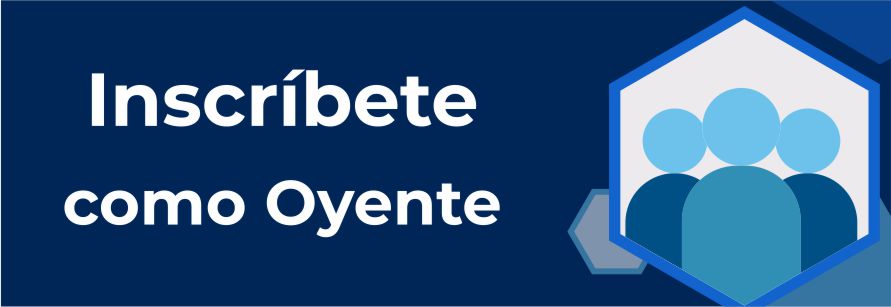





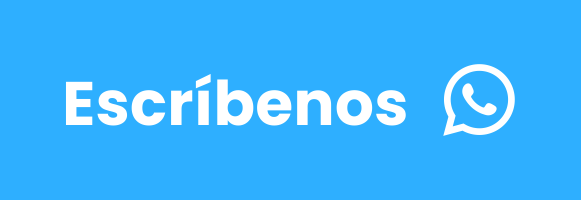



.png)
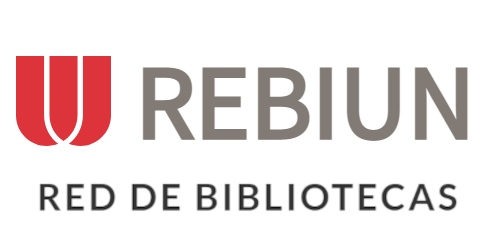







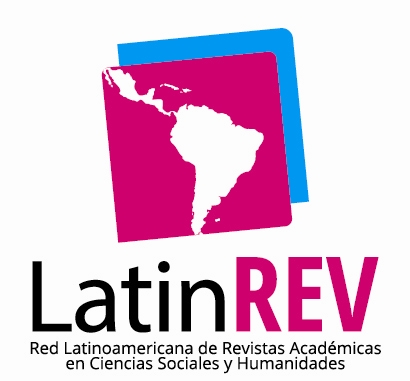

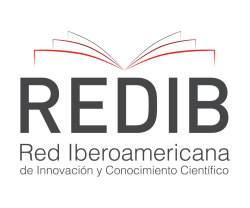




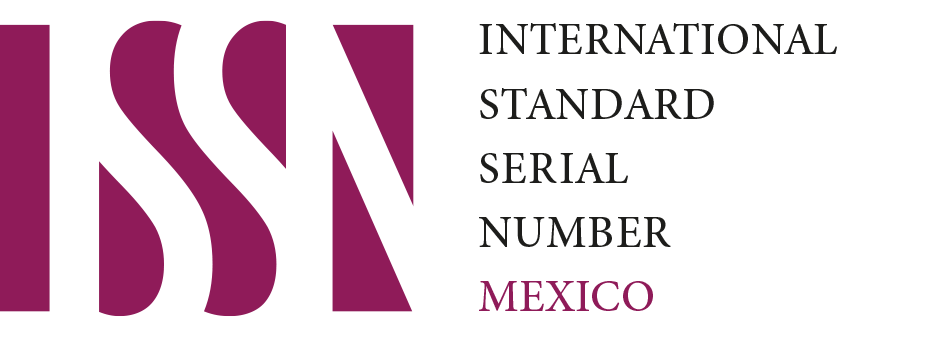




.png)
1.png)


